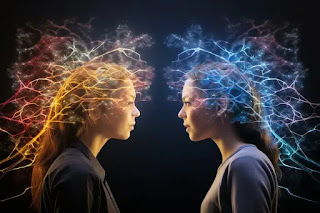A team of researchers from Chiba University
propose a novel approach based on deep learning that further streamlines
hologram generation by producing 3D images directly from regular 2D color
images captured using ordinary cameras. The proposed approach employs three
deep neural networks (DNNs) to transform a regular 2D color image into data
that can be used to display a 3D scene or object as a hologram. The first DNN
makes use of a color image captured using a regular camera as the input and
then predicts the associated depth map, providing information about the 3D
structure of the image. Both the original RGB image and the depth map created
by the first DNN are then utilized by the second DNN to generate a hologram.

The third DNN refines the
hologram generated by the second DNN, making it suitable for display on
different devices. The researchers found that the time taken by the proposed
approach to process data and generate a hologram was superior to that of a
state-of-the-art graphics processing unit. Soon, this approach can find
potential applications in heads-up and head-mounted displays for generating
high-fidelity 3D displays. Likewise, it can revolutionize the generation of an
in-vehicle holographic head-up display, which may be able to present the
necessary information on people, roads, and signs to passengers in 3D. The
proposed approach is thus expected to pave the way for augmenting the
development of ubiquitous holographic technology.
More information:
https://www.cn.chiba-u.jp/en/news/press-release_e231018/


